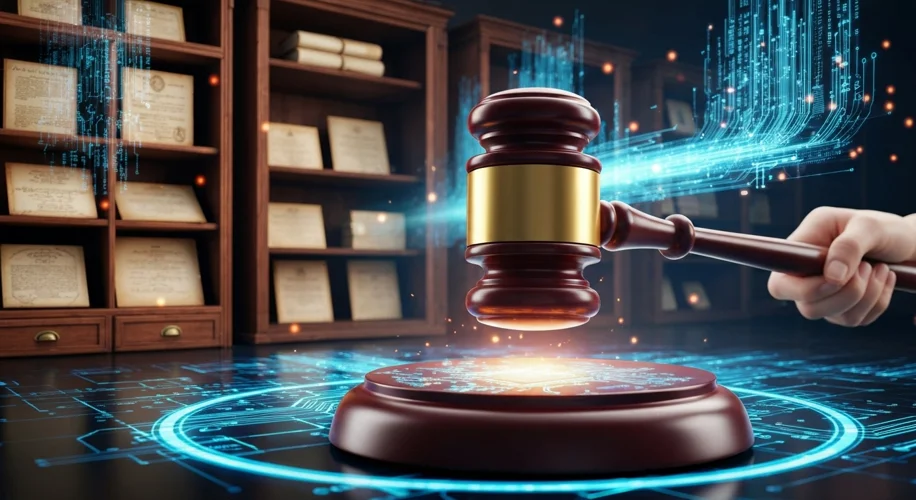It seems we’re at another crossroads with technology, and this one feels particularly significant. The world of Artificial Intelligence is buzzing, and not in the usual excited way. A major class-action lawsuit has been certified, potentially the largest copyright case the AI industry has ever faced. As someone who has spent decades sifting through the history of technological change, I can’t help but see the familiar patterns emerging.
This lawsuit centers on a fundamental question: when AI systems are trained on vast amounts of data, much of which is copyrighted material, who owns the resulting creations? And more importantly, is the training process itself a form of infringement? It’s a complex issue with deep roots.
Think back to the early days of photography. When cameras became more accessible, artists initially questioned the legitimacy of photographs as art. Was it just mechanical reproduction, or could it be a new form of creative expression? There were debates about originality and authorship, not unlike what we’re discussing with AI today.
Then consider the advent of digital music. The ease with which music could be copied and shared online led to massive legal battles over copyright. The music industry fought hard to protect its intellectual property, grappling with new ways content was being consumed and distributed. These were significant legal and ethical challenges that reshaped the entire landscape of music copyright.
Even the way we archive information has been influenced by these shifts. In my work as an archivist, I’ve seen how new technologies always force us to re-evaluate what constitutes an original work and how we preserve it. Early computing, for instance, involved unique hardware and software that required specialized methods for preservation. The very definition of a ‘record’ evolved.
What’s striking about the current AI situation is the sheer scale. The amount of data ingested by these AI models is unprecedented. The lawsuit is likely addressing allegations that copyrighted works – books, articles, images, and more – were used for training without proper permission or compensation. This brings up critical questions about intellectual property rights in the digital age, echoing the challenges faced by industries in the past when new technologies disrupted established norms.
It’s not just about the AI companies; it’s about creators, artists, writers, and everyone whose work forms the bedrock of this new technology. As we move forward, it’s clear that the legal and ethical frameworks surrounding AI development will need to adapt, much like they did with photography, digital music, and countless other innovations before it. The historical perspective reminds us that these growing pains are often part of technological evolution, but they require careful consideration and a commitment to fairness.
The current legal challenge underscores the need for clarity on how we respect and protect creative works in an era where machines can learn from them at an astonishing rate. It’s a conversation that’s long overdue and one that will undoubtedly shape the future of both technology and creativity.

